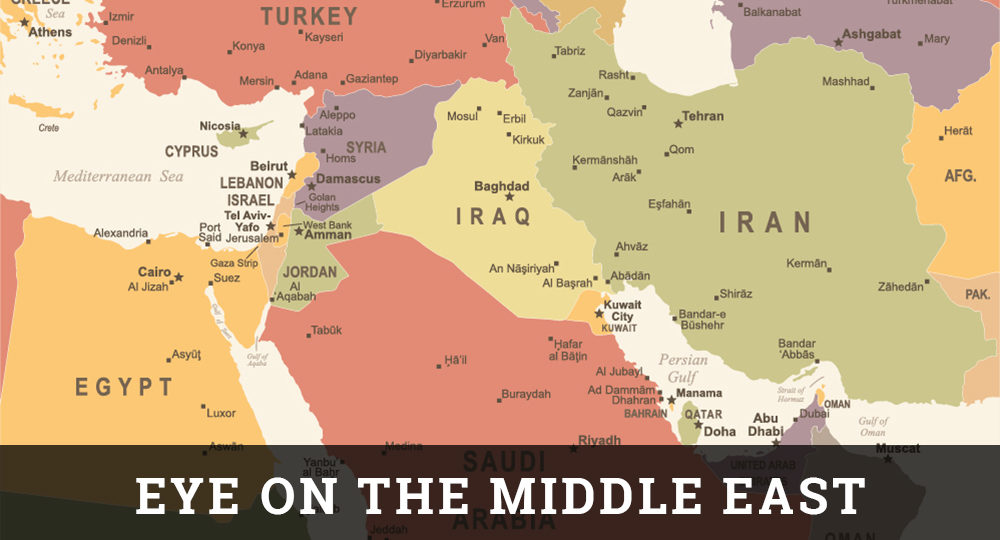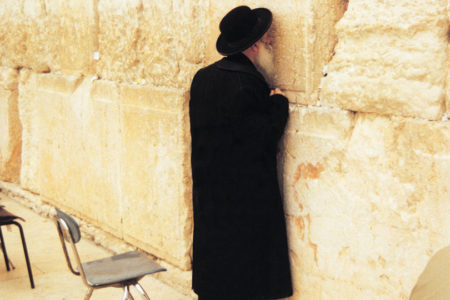Eye on the Middle East Sep/Oct 2002
One of the most exciting aspects of a return trip to Israel is seeing the magnificent changes that take place in relatively short periods of time. Riding through the Galilee and Judean hills and seeing the caravan communities springing up to house new immigrants gives testimony to the fact that, in spite of Israel’s current woes, Jewish people from many parts of the world continue to come home.
It also gives further evidence that Israel is, indeed, “The Old-New Land.” New communities, industries, agricultural enterprises, and businesses trumpet the fact that Israel is alive, vital, looking to the future, and standing as the region’s model of a prosperous and progressive democracy.
As fascinating as the new Israel is, the Old Land is equally compelling. Virtually every time a spade of earth is turned over, the past emerges from the ground. Archaeological treasures, telling their stories of the wonders of the ancient world, dazzle the eyes and imagination. Entire cities, such as Beth-Shean (the Pompeii of the Middle East), Caesarea (ancient seat of Roman imperial power and memorialized in the ministries of the apostles Peter and Paul), and the Citadel of David in Jerusalem, give you the feeling of walking in places where time has been turned back thousands of years.
On our twice-annual Friends of Israel “Up to Jerusalem” tours, our stay in Tiberius is at the beautiful Radisson Moriah Plaza Hotel on the shores of the Sea of Galilee. For years the hotel was plagued by a lack of parking. When workers began to prepare an area in front of the structure for a parking lot, they immediately began to uncover ancient artifacts. Work was halted and archaeological officials brought in to evaluate the find. Today there is still a parking problem. What began as a place to park cars and buses is now a beautiful archaeological garden. That’s Israel.
Just weeks ago at the Tiberius Galei Kinneret Hotel, a near neighbor of the Plaza, a similar find was made. This time bulldozers unearthed the remnants of a monumental public building that archaeologists believe is a stadium dating from the first century. According to Moshe Hartel, an expert from the Antiquities Authority, this is probably the building mentioned in the writings of first-century historian Flavius Josephus.
Hartel believes that the stadium was used for athletic competitions, horse races, and as a place for people to assemble on special occasions.
Such are some of the wonders encountered every day during a tour of the Holy Land. As a matter of fact, one of the first things we will do on arriving in Tiberius on our October tour this fall will be to take a look at these spectacular ruins and hear what took place there when our Lord and the early disciples lived and walked in this magnificent part of the country.
We are told constantly that a trip to Israel will make our Bibles come alive. Millions of believers who have gone there can attest to that fact. But touring these sites will also put you in touch with a world much different from our own—one we should all learn about and come to know well.







